Gas Monkey
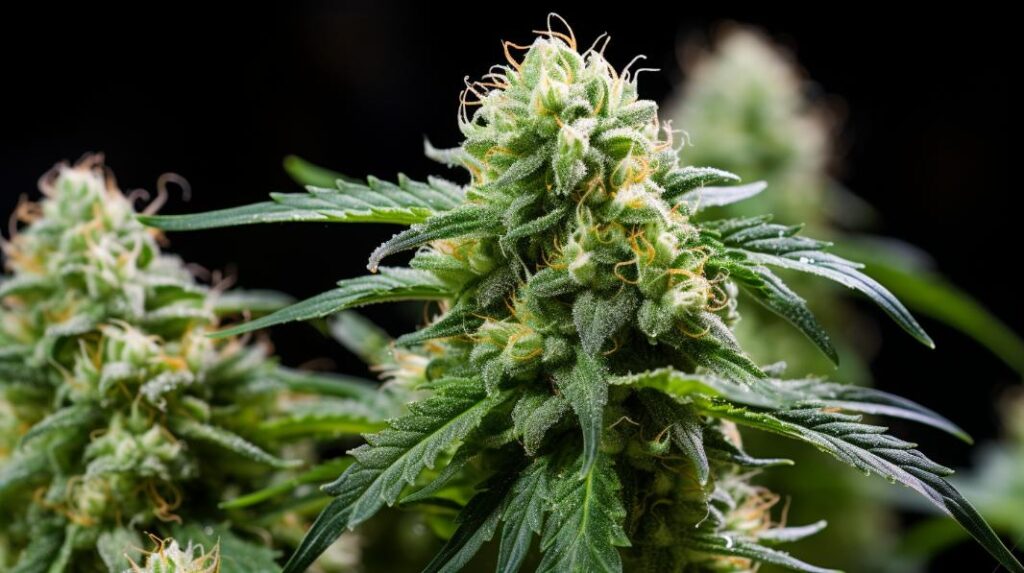
The Gas Monkey strain, a compelling hybrid derived from GMO and Grease Monkey, offers an intriguing profile both genetically and with regards to its effects. Known for its robust THC concentration, typically ranging between 28% and 31%, it provokes a profound sense of euphoria and relaxation. This makes it particularly appealing to those seeking relief from stress, anxiety, and depression. However, the high potency also suggests a need for cautious consumption, especially for novice users. As we explore the distinctive terpene profile and its resultant aromatic richness, one might wonder how such a profile influences both the therapeutic benefits and the experiential qualities of the Gas Monkey strain.
Key Takeaways
- Gas Monkey is a hybrid strain derived from GMO and Grease Monkey, known for its high THC levels (28-31%).
- It features a unique aroma profile with skunky, chemical, and ammonia notes, primarily influenced by its dominant terpenes.
- The strain is recognized for its effects that enhance relaxation and euphoria, making it suitable for managing anxiety, stress, and depression.
- Gas Monkey’s buds are fluffy and light green, with vibrant orange hairs and clear trichomes indicating potent cannabinoid production.
- It requires careful cultivation, thriving in both indoor and outdoor environments with a flowering time of 8-9 weeks.
Genetic Lineage
The Gas Monkey strain, a sturdy hybrid, emerges from a carefully selected crossbreeding of GMO and Grease Monkey, showcasing a potent genetic synergy that enhances both its aromatic profile and THC levels. Cultivators and connoisseurs alike appreciate Gas Monkey for its complex genetic makeup, which encapsulates the best traits of its parent strains. The GMO component, known for its intense garlicky flavor and substantial THC potency, combines with Grease Monkey’s sweet, earthy notes and relaxing effects to create a balanced experience that appeals to a broad spectrum of users.
The cultivation of Gas Monkey requires an understanding of its unique genetic lineage. This hybrid thrives in environments that allow for the expression of its diverse terpene profile, which includes caryophyllene, myrcene, and limonene. These terpenes contribute not only to its signature aroma but also to the overall sensory experience, enhancing both flavor and therapeutic benefits.
As breeders and growers continue to refine hybrid strains like Gas Monkey, the focus remains on achieving a harmonious balance between THC potency and terpene richness, ensuring a consistent, high-quality product that reflects its distinguished genetic heritage.
THC/CBD Content
Gas Monkey strain boasts a THC concentration ranging between 28% and 31%, positioning it among the more potent varieties available in the cannabis market. This elevated THC level is primarily responsible for the strain’s pronounced psychoactive effects, which include profound euphoria and deep relaxation. Given its potency, Gas Monkey strain is particularly noted for its capacity to provide significant relief from stress and pain, making it a valuable option for medicinal users seeking intense therapeutic effects.
Conversely, the CBD content in Gas Monkey is significantly low, typically less than 1%. This minimal presence of CBD underscores the strain’s focus on maximizing the psychoactive potential of THC rather than balancing it with the non-psychoactive effects of CBD. Cultivators of Gas Monkey have selectively bred this strain to enhance its THC yield, optimizing the sensory and psychological impact.
The high THC content also highlights the importance of responsible consumption practices, particularly for novice users or those sensitive to strong cannabis effects. The Gas Monkey strain’s robust potency and its consequential effects on relaxation and euphoria are a reflection of its sophisticated cultivation and genetic optimization focused squarely on high THC levels.
Terpene Profile
Understanding the terpene profile of the Gas Monkey strain reveals why its aroma is so distinctly pungent and impactful. The dominant terpenes in this strain, characterized by skunky, chemical, and ammonia flavors, are key to its unique olfactory signature. These volatile organic compounds, when combined, create a robust and unmistakable pungent stench that is both intriguing and overpowering.
The presence of skunk terpenes in the Gas Monkey strain contributes substantially to its sharp, penetrating scent, reminiscent of traditional skunk cannabis varieties. The chemical terpenes add a layer of complexity, introducing a harsh, almost acrid note to the aroma profile. Meanwhile, the inclusion of ammonia-like terpenes intensifies the overall pungency, adding a clean, sharp edge that cuts through the heavier, more oppressive smells.
This specific terpene synergy not only defines the Monkey strain’s aromatic identity but also plays a critical role in the interaction with its cannabinoid content, enhancing the sensory experience. Cultivators and consumers alike appreciate the Gas Monkey strain for its potent and memorable aroma, which stands out significantly in a crowded market. The understanding and manipulation of these terpene profiles are essential for developing strains with desired characteristics and consumer appeal.
Effects
While the Gas Monkey strain is celebrated for its unique aromatic profile, its effects on users are mainly characterized by an increased sense of relaxation and appetite, alongside a notable sedative quality. This strain, potent in THC, offers a complex balance that supports individuals dealing with anxiety, stress, and depression, providing a calming yet mildly energizing effect.
The sensory experience of the Monkey strain is marked by distinct flavors such as skunk, chemical, and ammonia, which align with its robust terpene profile discussed previously. These flavors contribute to the overall experience and reception of the strain within consumer circles, particularly among those seeking relief without the harshness found in less refined strains.
The table below summarizes the primary effects and negative impacts associated with the Gas Monkey strain, enhancing understanding for cultivators and consumers alike:
| Effects | Negative Effects |
|---|---|
| Increased appetite | Dizziness |
| Sedative quality | Paranoia |
| Calming and energizing | Dry eyes |
Understanding these dynamics is essential for both users and cultivators, as they navigate the implications of its high THC potency and its role in managing mood disorders.
Medical Uses
The therapeutic applications of the Gas Monkey strain are primarily centered around its efficacy in alleviating symptoms of anxiety, stress, and depression. This particular cultivar, with its higher-than-average THC potency, is engineered to target neurochemical pathways that influence mood regulation and stress response mechanisms. Its robust cannabinoid profile enhances its suitability for medical use, particularly in patients with pronounced symptoms of mood disorders.
Additionally, the Gas Monkey strain is frequently prescribed for its benefits in managing insomnia and chronic pain. The sedative properties derived from its potent THC content are effective in inducing sleep and reducing sleep latency, making it a valuable option for patients suffering from disrupted sleep patterns linked to anxiety and pain. The analgesic effects observed in this strain are attributed to its ability to modulate pain perception pathways in the central nervous system, providing substantial relief to individuals afflicted with persistent pain conditions.
Industry insights suggest that the cultivation of Gas Monkey should be carefully monitored to maintain its medicinal quality, particularly its cannabinoid levels, to secure consistent therapeutic outcomes. This attention to cultivation detail supports its effectiveness in clinical applications, affirming its role in a medical cannabis program.
Flavor and Aroma
Beyond its therapeutic applications, the Gas Monkey strain is also distinguished by its unique flavor and aroma profile, characterized by a pungent blend of skunky earth and diesel notes. This distinct scent profile is derived from its rich terpene composition, which cultivators have honed to produce an intensely pungent olfactory experience. The profound diesel aroma complements the underlying skunky tones, creating a complex bouquet that is both robust and enticing to enthusiasts and connoisseurs alike.
The flavors of the Gas Monkey strain are equally compelling, featuring a unique combination of creamy, dank, gas, and skunky notes. These flavors are a direct reflection of its meticulous breeding and cultivation processes, which emphasize the development of a rich and volatile flavor profile. During consumption, users often detect a sharp, chemical-like taste accompanied by hints of ammonia, enhancing the strain’s reputation for a potent and memorable experience. This flavor matrix is not only a reflection of its genetic lineage but also of the cultivation strategies that prioritize the enhancement of its aromatic and flavor compounds. Such intense and distinctive characteristics make the Gas Monkey strain a standout choice for those seeking depth and complexity in their cannabis experience.
Appearance
Gas Monkey strain buds manifest as fluffy, light green clusters adorned with vibrant orange hairs and a coating of clear trichomes, distinctly showcasing its cultivation excellence. This indica dominant hybrid strain exemplifies top-tier genetic selection and careful phenotypic expression, emphasizing both visual appeal and aromatic potency. The clear trichomes that envelop each bud are not only a reflection of the strain’s robust cannabinoid production but also enhance the overall aesthetic, making it highly desirable in the cannabis market.
The fluffy and light green buds of the Gas Monkey strain are immediately recognizable, setting it apart in dispensaries and among connoisseurs. These buds emit a skunky and earthy aroma, indicative of its rich terpene profile which contributes greatly to its sensory experience. This distinct and potent characteristic in both appearance and aroma underpins the strain’s reputation and market value, appealing to both novice and experienced users alike.
Moreover, the intense flavor profile, which can induce coughing upon deep inhalation, is intrinsically linked to its visual and olfactory characteristics, completing the trifecta of quality benchmarks for premium cannabis strains. The Gas Monkey strain remains a standout choice for those prioritizing a complex and immersive cannabis experience.
Grow Information
Cultivating the Gas Monkey strain, which thrives in both indoor and outdoor environments, requires attention to its medium growth height and the support necessary for its densely budded branches. This strain’s adaptability makes it a favorable choice for varied cultivation setups. It reaches a medium height, optimizing space usage while still producing substantial yields. The flowering time for Gas Monkey is typically between 8-9 weeks, which is fairly standard in cannabis cultivation but requires precise timing for the best yield and potency.
For indoor cultivation, maintaining environmental controls such as humidity, temperature, and lighting is important to maximize the development of its dense, resinous buds. Outdoor cultivation, on the other hand, demands strategic planting to ensure adequate sunlight exposure and protection from extreme weather conditions. Regardless of the setting, the branches of Gas Monkey plants will likely need additional support. This is due to the weight of the dense buds, which can stress the plant’s structure during the peak of its flowering phase.
Achieving medium to high yields with the Gas Monkey strain involves meticulous nutrient management and regular monitoring for pests and diseases, ensuring the health and vigor of the plants throughout their growth cycle.
Adverse Effects
While the Gas Monkey strain offers numerous cultivation benefits, it is also associated with several adverse effects, including dizziness, paranoia, dry eyes, increased anxiety, and dry mouth. The occurrence of these symptoms can vary based on individual tolerance, the environment of consumption, and specific cultivation conditions.
Dizziness, often reported by users of the Gas Monkey strain, could be attributed to its high THC content, impacting the vestibular system responsible for maintaining balance. Cultivators might consider advising consumers to moderate their intake to mitigate such effects. Paranoia and increased anxiety are also linked to the psychoactive properties of THC, which can overstimulate the central nervous system, leading to heightened sensory perception and anxious thoughts.
Dry eyes and dry mouth, commonly known as ‘cottonmouth’, are typical with marijuana usage due to THC’s interaction with the salivary glands, reducing saliva production. These can be particularly pronounced in the Gas Monkey strain. Providing hydration tips and recommending the use of eye drops could be beneficial strategies for cultivators when educating users about these adverse effects.
Understanding these potential negative impacts is essential for both cultivators and consumers to ensure a safe and enjoyable experience with the Gas Monkey strain.
Comparisons with Similar Strains
Understanding the adverse effects associated with the Gas Monkey strain is essential for cultivators and consumers; similarly, comparing its characteristics to other strains can provide deeper insights into its unique position within the cannabis market. Gas Monkey, a potent cross between GMO and Grease Monkey, showcases an indica-dominant profile that is both calming and energizing, a rare duality that sets it apart in the therapeutic landscape.
With THC levels soaring between 28-31%, Gas Monkey stands out for its robust potency, which is notably higher than many other strains. This high THC concentration is pivotal in addressing symptoms of anxiety, stress, and depression, making it a preferred choice for those seeking relief from these conditions. The distinctive flavors of skunk, chemical, and ammonia further differentiate it from other hybrids, offering a unique sensory experience.
Comparatively, its parent strains, GMO and Grease Monkey, also feature high THC content but differ in their genetic lineage and flavor profiles. While GMO contributes to the chemical and skunk notes, Grease Monkey adds a layer of earthy and diesel undertones, enriching the hybrid vigor of Gas Monkey. This genetic synthesis and flavor amalgamation underscore its cultivation appeal and therapeutic potential in the cannabis industry.
Research and Studies
In recent years, numerous studies have focused on the therapeutic effects and cultivation variables of the Gas Monkey strain, highlighting its significant potential within the medical cannabis community. As an indica-dominant hybrid strain, Gas Monkey has been subjected to rigorous analysis to understand its high THC content, which typically ranges between 25-27%. Researchers have noted that this elevated potency is instrumental in achieving the profound euphoric relaxation and sedation reported by users, making it particularly effective for conditions such as insomnia and chronic pain.
Further cultivation studies have explored the genetic stability of Gas Monkey and its environmental adaptability, comparing it with strains that exhibit similar effects to ensure robustness in diverse growing conditions. The distinctive pungent skunky aroma of Gas Monkey, combined with its complex terpene profile, has been a focal point in these studies, aiming to link aromatic compounds with therapeutic outcomes.
Medical researchers consistently emphasize the importance of seeking professional medical advice when using high-potency strains like Gas Monkey for therapeutic purposes. This guidance is crucial to maximize benefits while minimizing potential adverse effects, ensuring that patients can safely utilize the strain’s properties to manage their symptoms effectively.
History and Origin
Emerging from the genetic lineage of GMO and Grease Monkey, the Gas Monkey strain boasts a rich history characterized by its hybrid vigor and distinct therapeutic attributes. This indica-dominant hybrid is named after its parent strains, reflecting a thoughtful amalgamation that enhances both its cultivation profile and therapeutic potential. With a higher THC potency ranging between 28-31%, Gas Monkey is particularly noted for its dual calming and energizing effects, making it a preferred choice for managing symptoms of anxiety, stress, and depression.
The development of Gas Monkey was driven by a desire to combine the robust genetic features of its parent strains. GMO, known for its powerful effects and pungent aroma, complements Grease Monkey’s propensity for producing high-THC resin content, thereby enhancing the overall potency and therapeutic efficacy of the Gas Monkey strain.
| Trait | Description | Relevance to Gas Monkey |
|---|---|---|
| Parent Strains | GMO and Grease Monkey | Genetic Foundation |
| THC Potency | 28-31% | High psychoactive impact |
| Effects | Calming and Energizing | Therapeutic use |
| Medical Usage | Anxiety, Stress, Depression | Symptom management |
| Hybrid Classification | Indica-dominant | Phenotypic expression |
This strategic genetic blending ensures not only high yield in cultivation but also a consistent therapeutic profile, which is critical for both growers and users aiming for reliable outcomes.
Frequently Asked Questions
What Strain Is Gas Monkey?
Gas Monkey is an indica-dominant hybrid, renowned for its skunky, earthy flavor profile and robust effects, primarily cultivated for its high THC content and medical benefits, including pain and insomnia relief.
Is Gas a Sativa or Indica?
Gas, as a cannabis variety, typically leans towards indica, known for its relaxation effects. This categorization influences cultivation techniques, terpene profiles, and its potential in medical usage, reflecting broader consumer preference trends.
How Strong Is Grease Monkey Strain?
The Grease Monkey strain exhibits high potency with a THC content ranging from 25% to 27%. It is favored in both medical and recreational circles for its strong sedative effects and distinct flavor profile.
What Is the Hardest Hitting Indica Strain?
Among the hardest hitting indica strains, potency is influenced by THC levels, cultivation techniques, and genetic lineage. Factors like cultivation environment and phenotype expression greatly impact the strain’s effects, flavor profile, and medical efficacy.

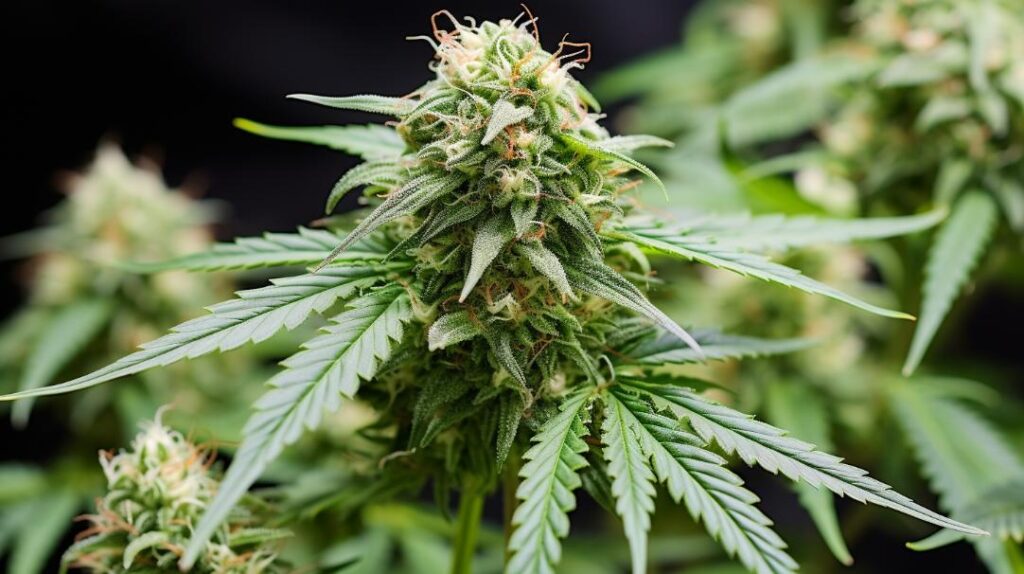
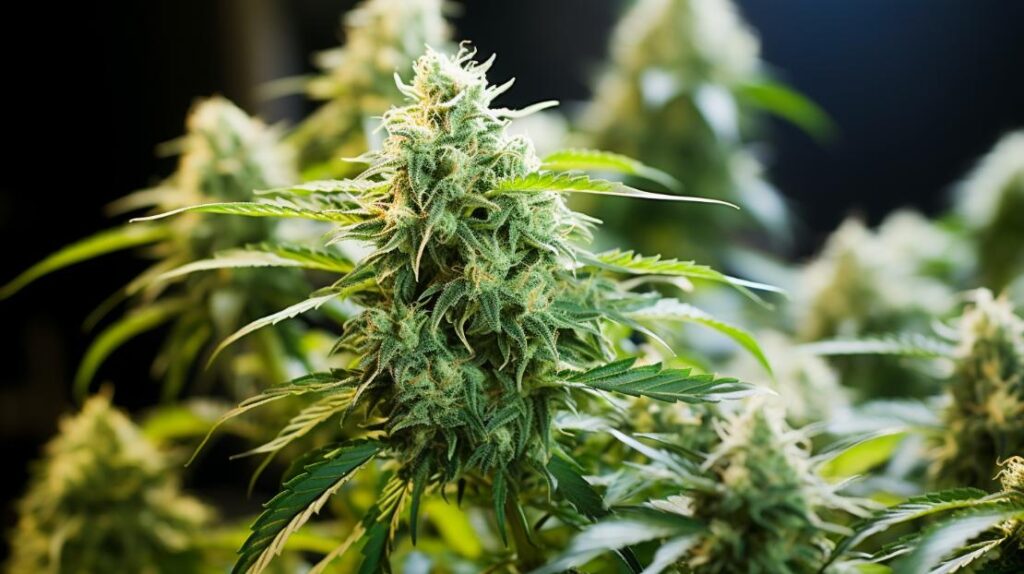
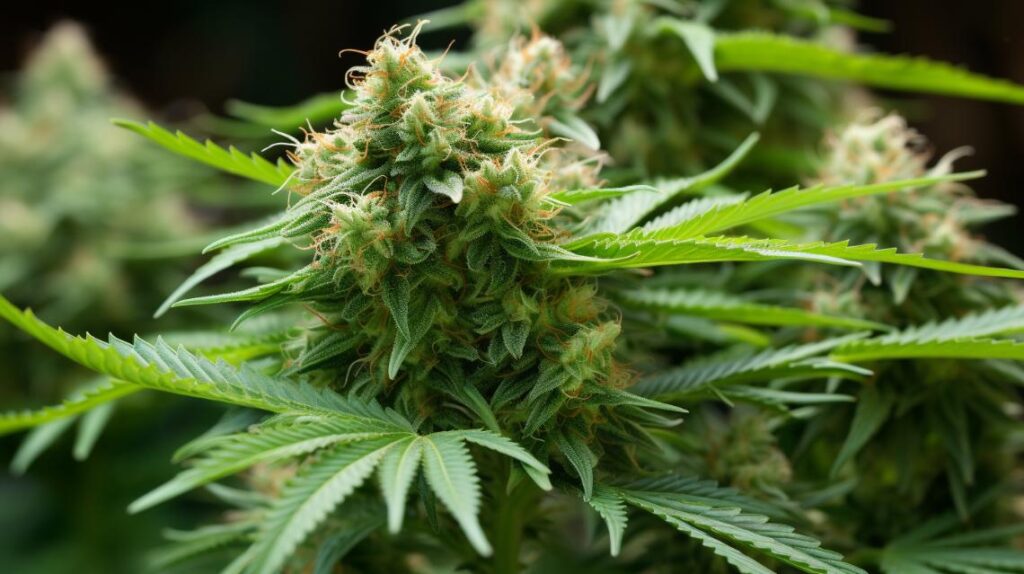
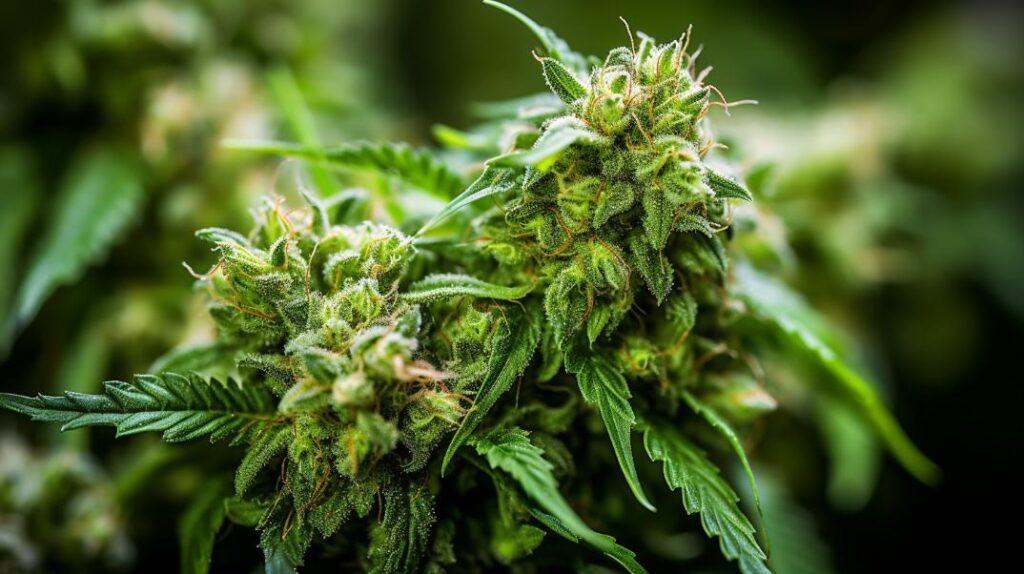
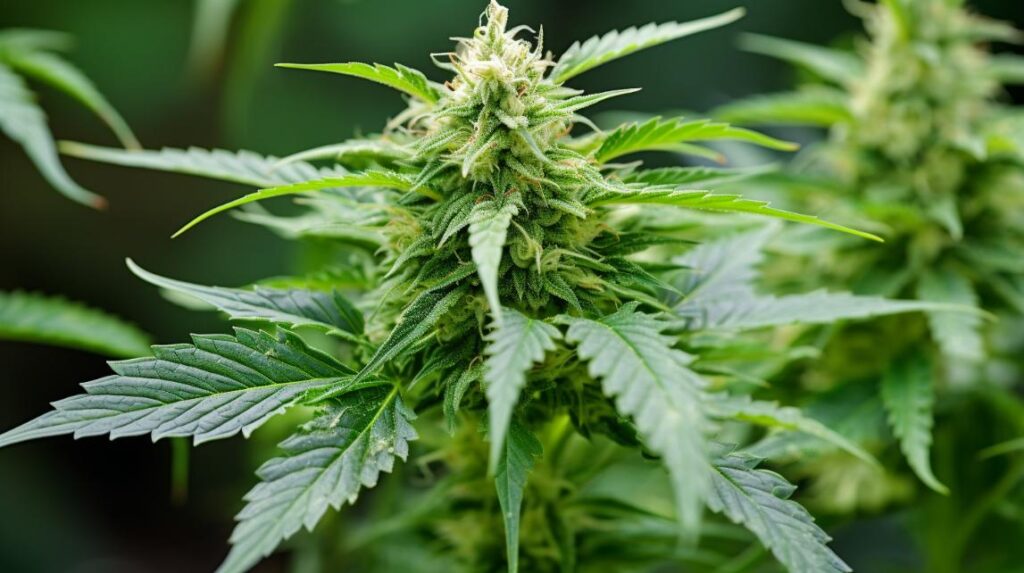

Responses